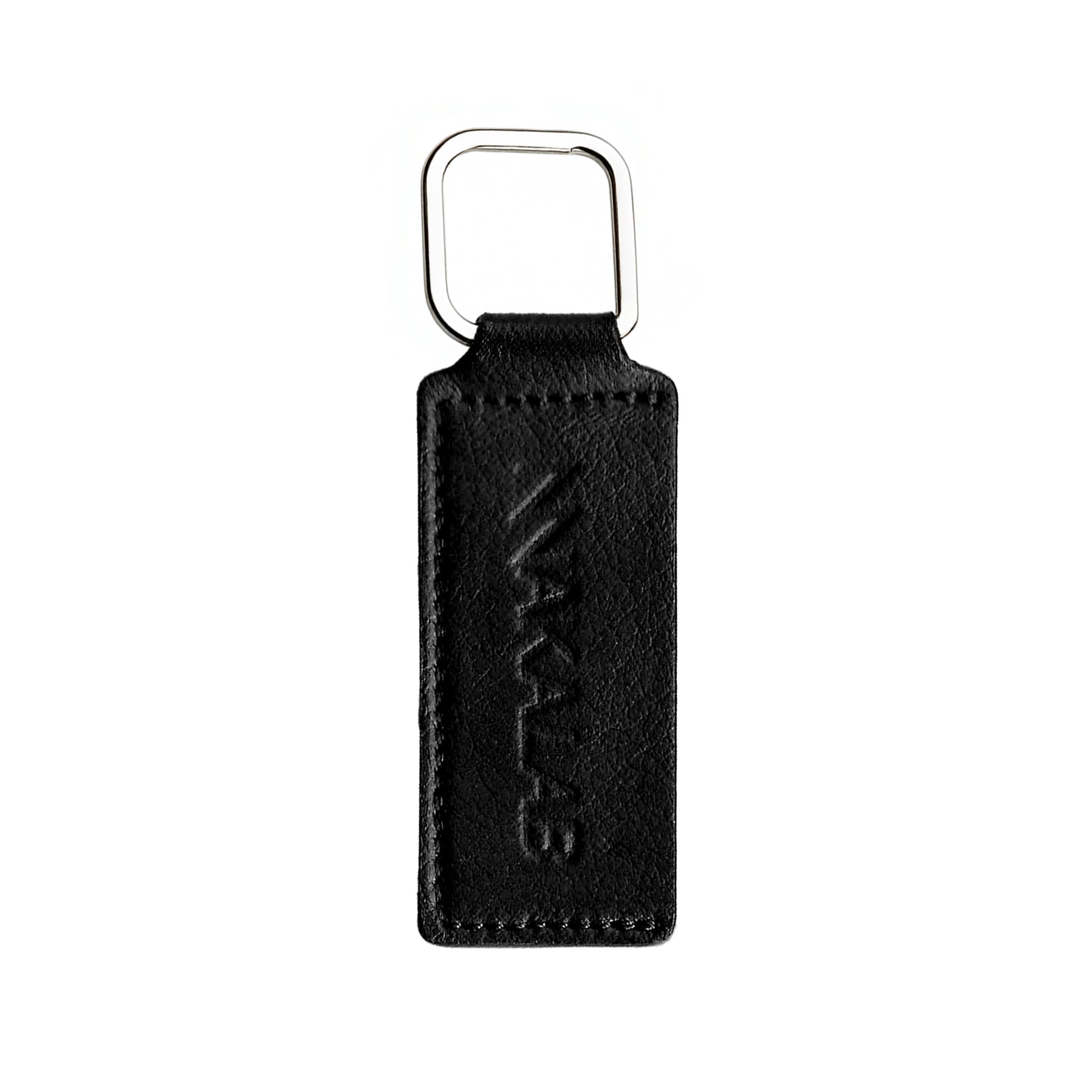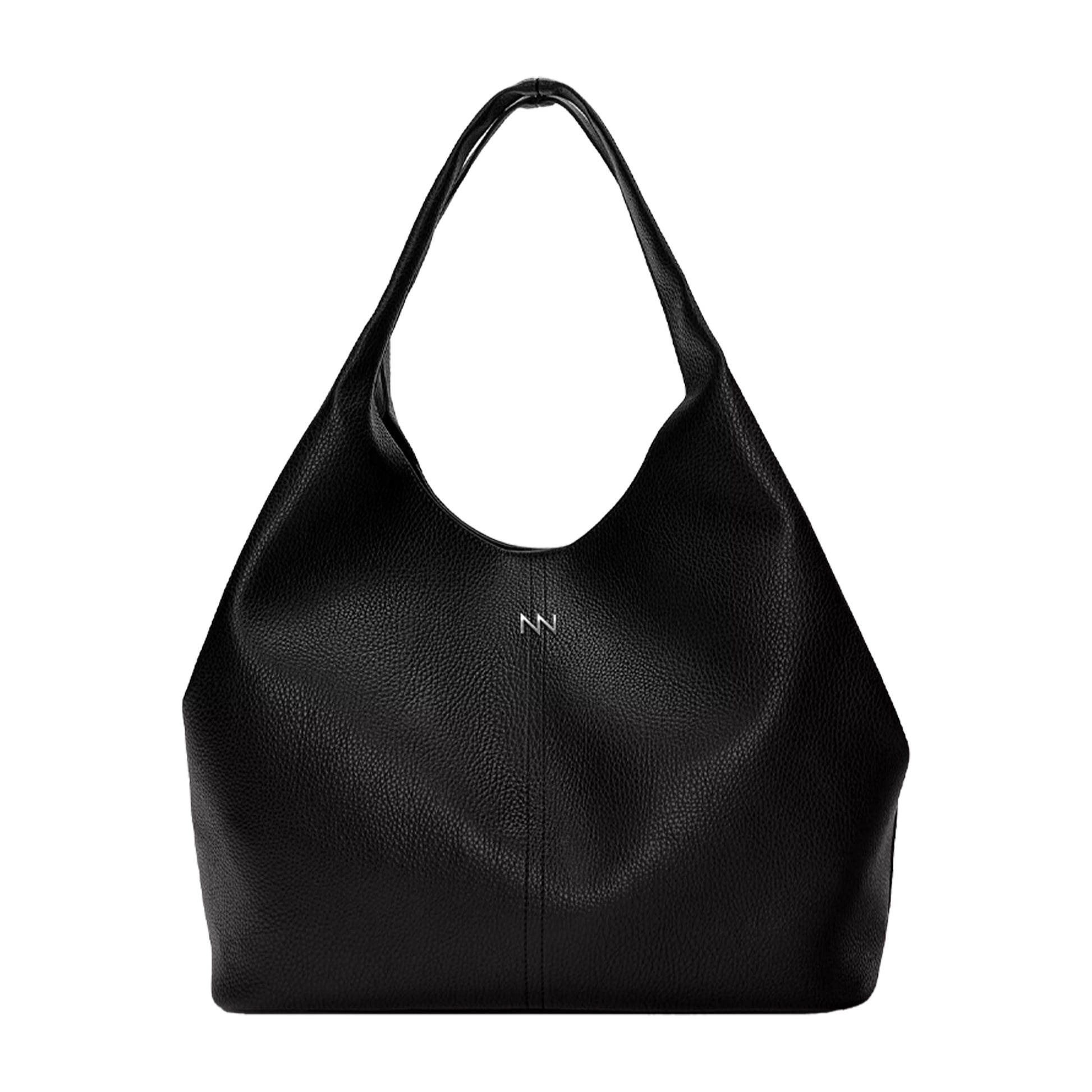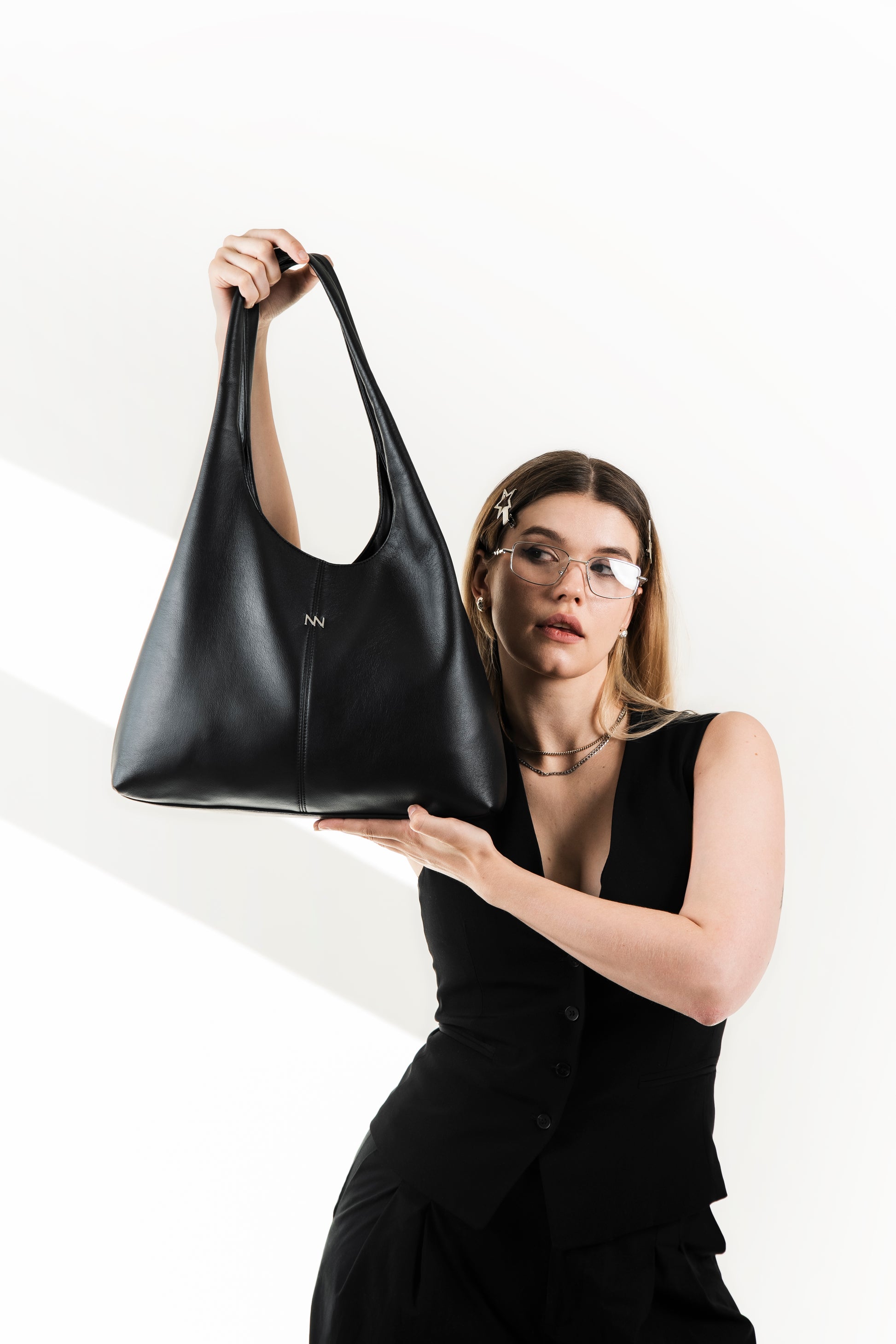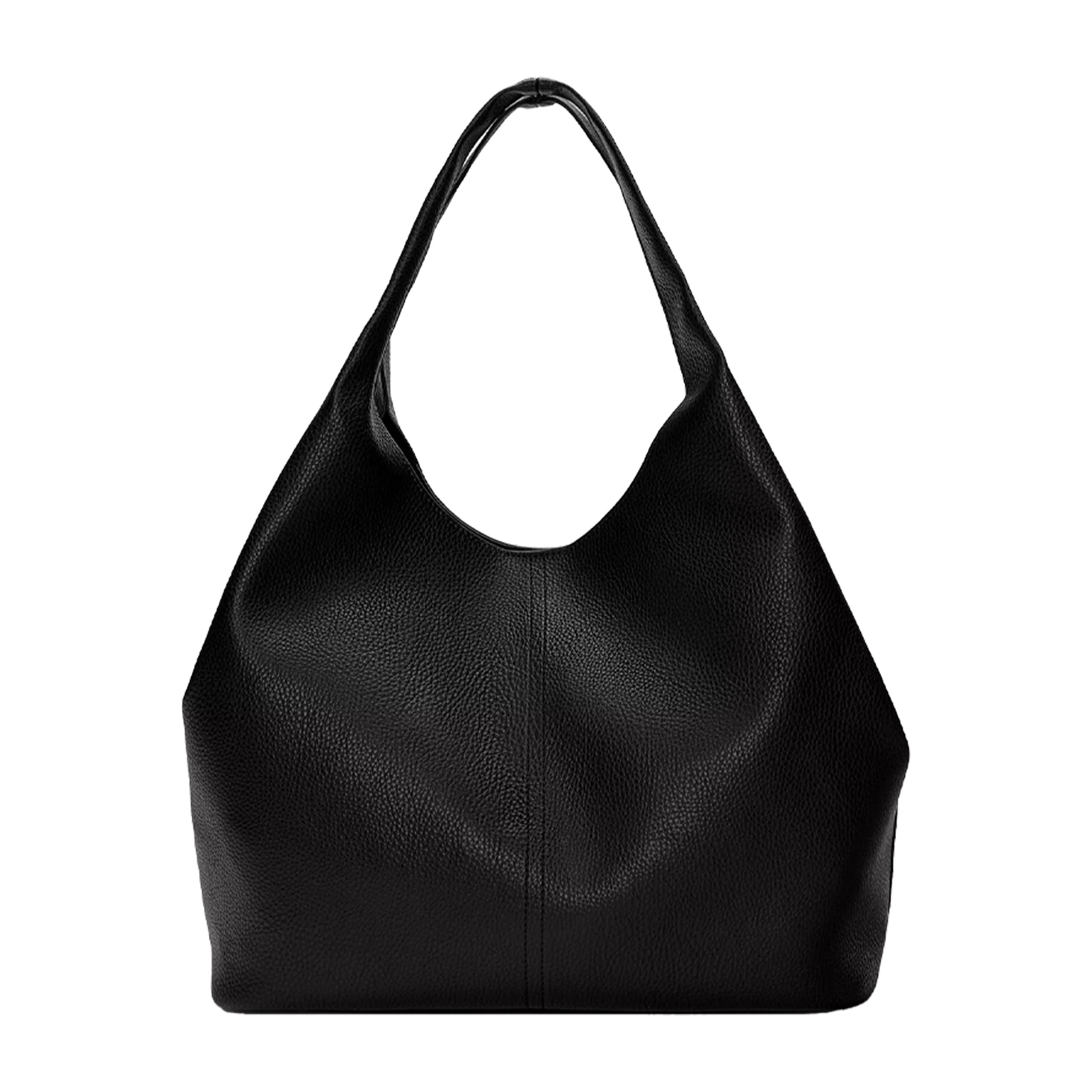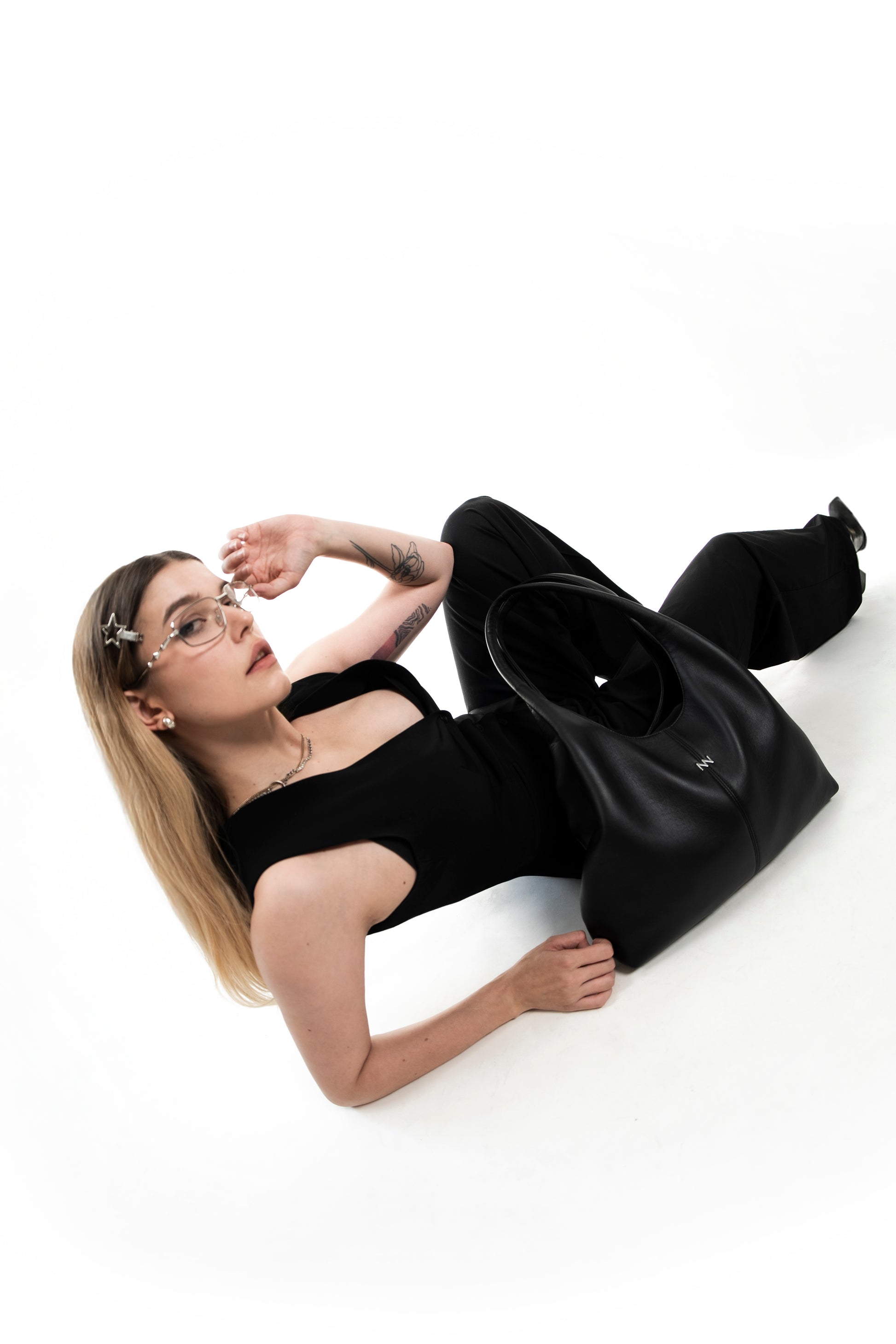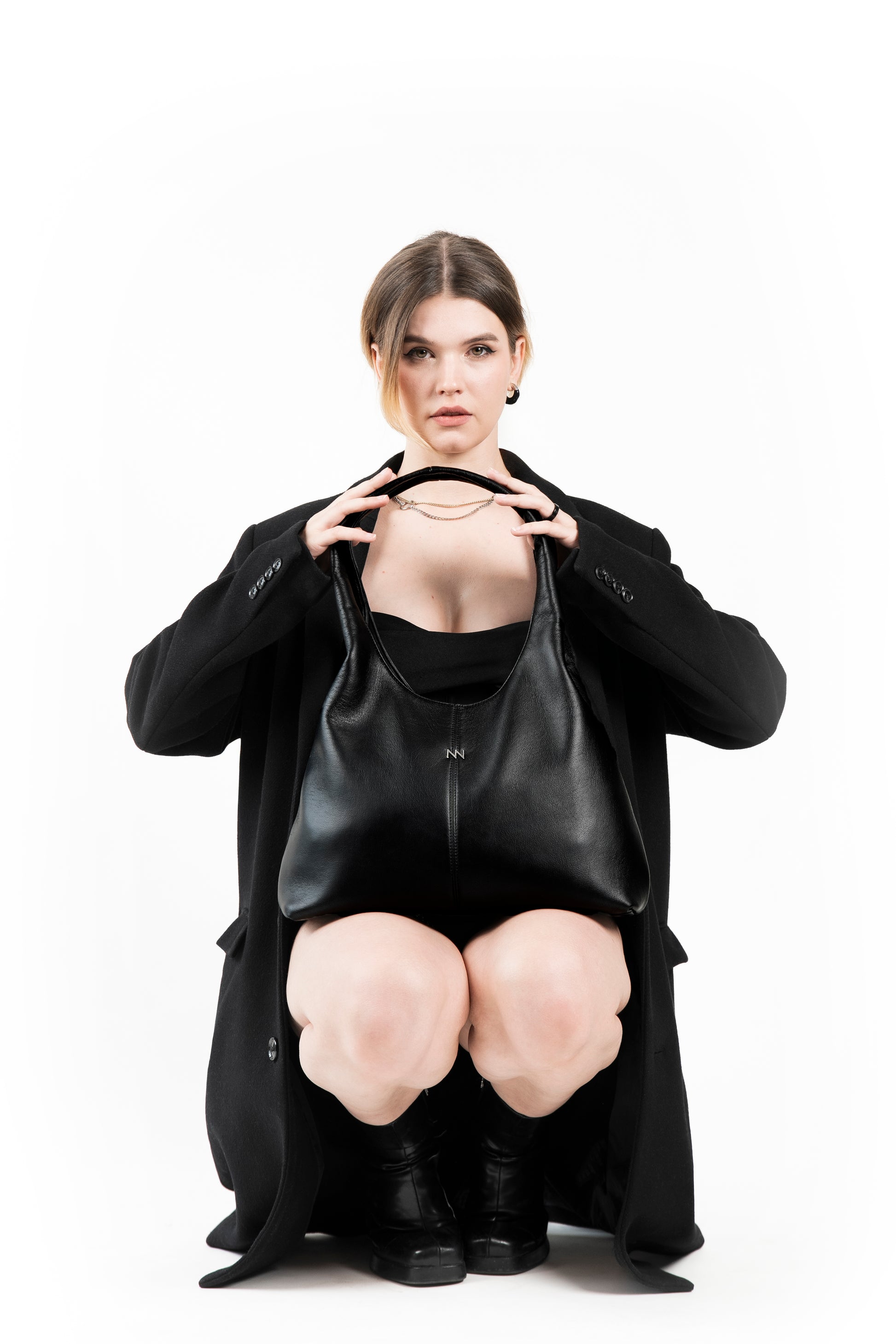The AURA Collection is made using a rare, next-gen leather crafted from jukgan—an ancient bamboo papermaking technique historically used in Korea. Reimagined through biomaterial engineering, this tradition now lives on as BAM-P: a plant-based leather made from bamboo and PLA, a compostable biopolymer. As part of our first capsule, we designed everyday essentials that highlight the durability, hygiene, and impact performance of this material compared to leather or plastic-based alternatives.
For this collection, we partnered with Ecolgreen Tec, a Korean biomaterials company initially known for innovating eco products in the food packaging industry. Their signature poly lactic acid (PLA) polymer made out of non-GMO corn starch mimics plastic, but with a 74% reduction in emissions, no microplastics, and no toxic byproducts. It can even be used as a skin suture due to its natural properties and PH. They combined their patented PLA with bamboo fibers to create BAM-P, the bioleather that is better for the environment and you (see benefits below!). Just like how they’ve revolutionized plastics in the food industry, BAM-P’s benefits will blow cow leather and pleather off the fashion roadmap for good.
The Problem
By now, most of us know leather comes with baggage. Whether sourced from the meat industry or not, leather production contributes to:
- Animal cruelty and suffering
- Toxic chromium tanning processes
- High water usage and methane emissions
- Persistent pollutants in waterways
Even synthetic “vegan” leathers like PVC and PU are no heroes, they rely on fossil fuels, release microplastics, and degrade into toxins at end-of-life.
Why Bamboo?
Bamboo was historically used in East Asia as paper and construction material, and is now being rediscovered as a high-performance circular fiber that could outperform cotton. Bamboo is a great alternative material as it is one of the world’s most regenerative raw materials and requires little water and land. It also requires no pesticides due to its antibacterial properties, protecting the native bugs and ecosystem.
Comparing BAM-P to Animal and Synthetic Leather
| Property | Animal Leather | Synthetic Leather | BAM-P (Bamboo PLA) |
| Weight | Heavy | Medium | Lightweight, due to nano-pore structure |
| Breathability | Poor-traps heat and sweat | Inconsistent - can overheat or trap heat | Naturally insulating, regulating body temp in both warm and cool conditions |
| Durability | Strong, but can degrade with moisture or age | Cracks or flakes with age | High wear resistance, proven in abrasion testing |
| Water Resistance | Needs surface treatment | Often water-resistant | Naturally Hydrophobic |
| Antibacterial | Poor, absorbs sweat/oils and harbors bacteria | Poor, no natural resistance | 99.9% reduction in bacterial growth over 18 hours |
| Biodegradable | No, treated with chemicals that prevent decomposition | No | Yes (certified Compostable PLA + natural bamboo fiber) |
| Skin Safety | Can irritate due to chemicals | Contains VOCs | Skin-safe, non-toxic (tested against S. aureus & E. coli) |
| Emissions | High - livestock methane, water use, toxic runoff (110-150 kg CO2e per m2) | Medium - fossil fuel extraction (15-45kg CO2e per m2) | Low (5-10 kg CO2e per m2) |
The AURA Collection is not just an aesthetic choice, it’s a vision for the kind of future fashion we believe in: one where luxury and sustainability coexist, where materials matter, and where every product tells a deeper story.
This is ancient knowledge, redesigned for modern problems.
PLA Certifications
- Korea Dept. of Environment Biodegradable resin product
- BPI US Compostable
- German Compostable
- EWG 1st Grade
- Non-GMO

